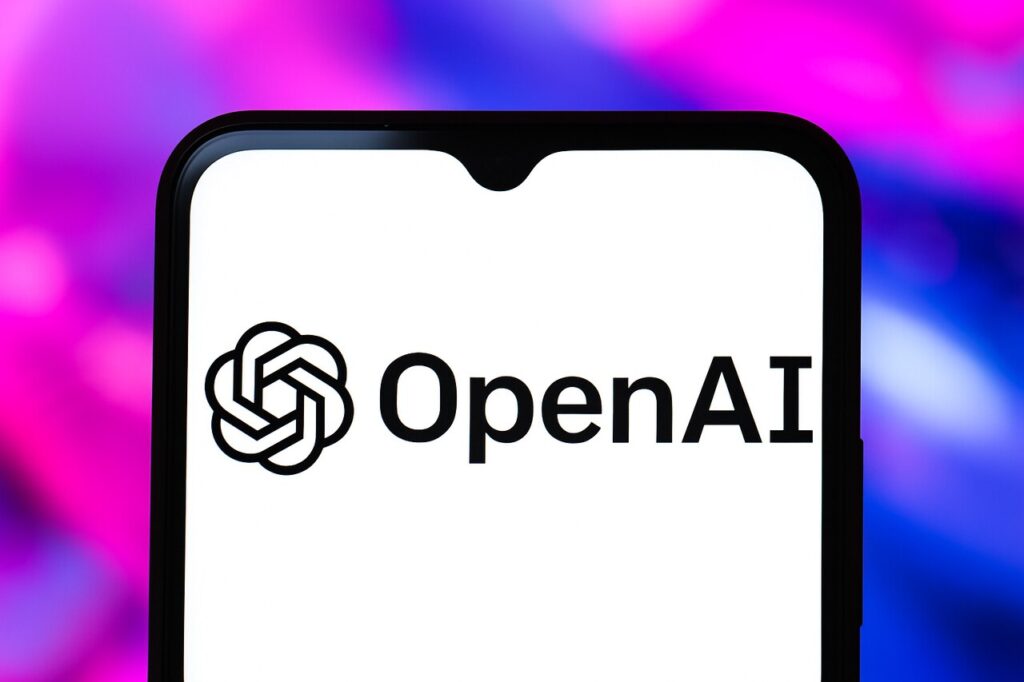OpenAI has formally urged U.S. policymakers to expand the Trump-era CHIPS and Science Act tax incentives beyond semiconductor manufacturing to include AI-focused data center infrastructure, arguing that the future of artificial intelligence innovation depends not only on domestic chip production but also on the ability to train and deploy large-scale models within high-performance compute environments. By emphasizing the pivotal role of AI data centers equipped with advanced GPU clusters, energy-efficient cooling systems, and low-latency networking in scaling foundation models like GPT-4 and beyond, OpenAI positions this policy shift as essential for maintaining American leadership in the global AI race, safeguarding national security, and enabling equitable access to next-generation computational resources.
Why Did OpenAI Advocate for Chips Act Tax Credit Expansion to Data Centers?
OpenAI requested a strategic policy expansion of the Trump-era CHIPS and Science Act tax incentives to include AI data centers as qualifying infrastructure. The organization emphasized that next-generation AI models require high-density compute clusters, which depend on scalable and energy-efficient data centers, not just semiconductor fabs.
How Are AI Data Centers Critical for Scaling Foundation Models?
AI data centers serve as the operational backbone for training and deploying foundation models, including large language models (LLMs) like GPT-4 and multimodal systems. These centers house GPU clusters with high-throughput networking, optimized thermal design, and low-latency interconnects essential for parallel processing tasks.
- Compute Clusters: Data centers designed for AI must support dense NVIDIA H100 or AMD MI300X GPU arrays with NVLink and InfiniBand architecture. These compute clusters drive large-scale matrix multiplication during model training.
- Energy Efficiency Requirements: Next-gen AI data centers demand specialized cooling systems such as immersion cooling and heat reuse technologies to meet carbon-neutral goals while supporting petaflop-scale computation.
- Network Fabric Integration: Low-latency networking such as CXL (Compute Express Link) and RDMA over Converged Ethernet (RoCE) ensures optimal data throughput between accelerator nodes during model inference and fine-tuning.
- Hardware Utilization: AI workloads require consistent GPU saturation, necessitating orchestration platforms like Kubernetes with AI-specific extensions to maximize node utilization and job scheduling efficiency.
Why Does the CHIPS Act Currently Exclude AI Infrastructure?
The original CHIPS Act, passed under the Trump administration, prioritized semiconductor manufacturing, fab construction, and domestic chip research. It defined qualifying infrastructure narrowly, excluding downstream AI infrastructure such as data centers or inference farms from tax credit eligibility.
- Policy Focus: The legislation primarily targets sovereign chip supply chain resiliency against geopolitical threats from regions like Taiwan and China, not post-fabrication compute environments.
- Tax Credit Scope: Section 48D of the Internal Revenue Code restricts the investment tax credit (ITC) to capital expenditures directly tied to semiconductor equipment and cleanroom construction.
- Definition Gap: U.S. legislative frameworks still lack a clear classification of AI compute facilities as critical infrastructure, causing a policy blind spot in supporting LLM training environments.
- Industrial Strategy Misalignment: While semiconductors are central to AI, the absence of incentives for downstream compute severely limits the scalability of generative AI firms operating domestically.
What Are the Economic and National Security Implications?
OpenAI’s proposal reflects a broader national interest in preventing foreign dependency for advanced AI compute. Without such expansion, U.S.-based AI firms might outsource training to jurisdictions offering lower infrastructure costs or tax benefits, weakening technological sovereignty.
- Talent and Capital Flight: Lack of local incentives could drive both venture capital and AI research talent to regions like the EU or Middle East, where compute incentives are emerging.
- Geopolitical Risk: AI model training abroad increases risk of data interception, intellectual property theft, or compute monopolization by state-backed entities.
- Compute Accessibility Gap: Small and mid-size AI labs would face restricted access to training-grade infrastructure, cementing monopolies among hyperscalers like Google, Amazon, and Microsoft.
- Strategic Model Custody: Nation-state level concerns over model weights, fine-tuning data, and safety protocols demand that training facilities remain within compliant U.S. jurisdictions.
How Could Expanding the CHIPS Tax Credit Catalyze AI Innovation?
Extending the CHIPS Act’s scope to include AI data centers would unlock high-impact capital investment into modular and sustainable compute infrastructure, accelerating both public and private AI innovation.
- Cost Amortization for Startups: Tax credits would reduce capital barriers for smaller AI companies to build or lease high-performance compute infrastructure, democratizing access to training clusters.
- Public-Private Collaborations: Universities and national labs could partner with industry players to co-develop shared AI data centers that qualify for credit under expanded legislation.
- Supply Chain Multiplier Effects: Data center construction boosts demand for American-made components such as cooling systems, networking hardware, and power distribution units (PDUs), fostering parallel industrial growth.
- AI-Specific Site Optimization: Incentives would enable creation of custom sites tailored for AI workloads such as zones with renewable power access, optimized latency to model endpoints, and fiber connectivity to edge inference nodes.
Final Insights
OpenAI’s lobbying to expand the CHIPS Act tax credit reflects a structural shift in what defines critical infrastructure in the age of artificial general intelligence. As language models grow in complexity, the bottleneck moves from chip fabrication to scalable compute orchestration. Aligning U.S. industrial policy with this evolution is crucial for technological sovereignty, innovation equity, and AI safety governance. For more informative articles related to News you can visit News Category of our Blog.


